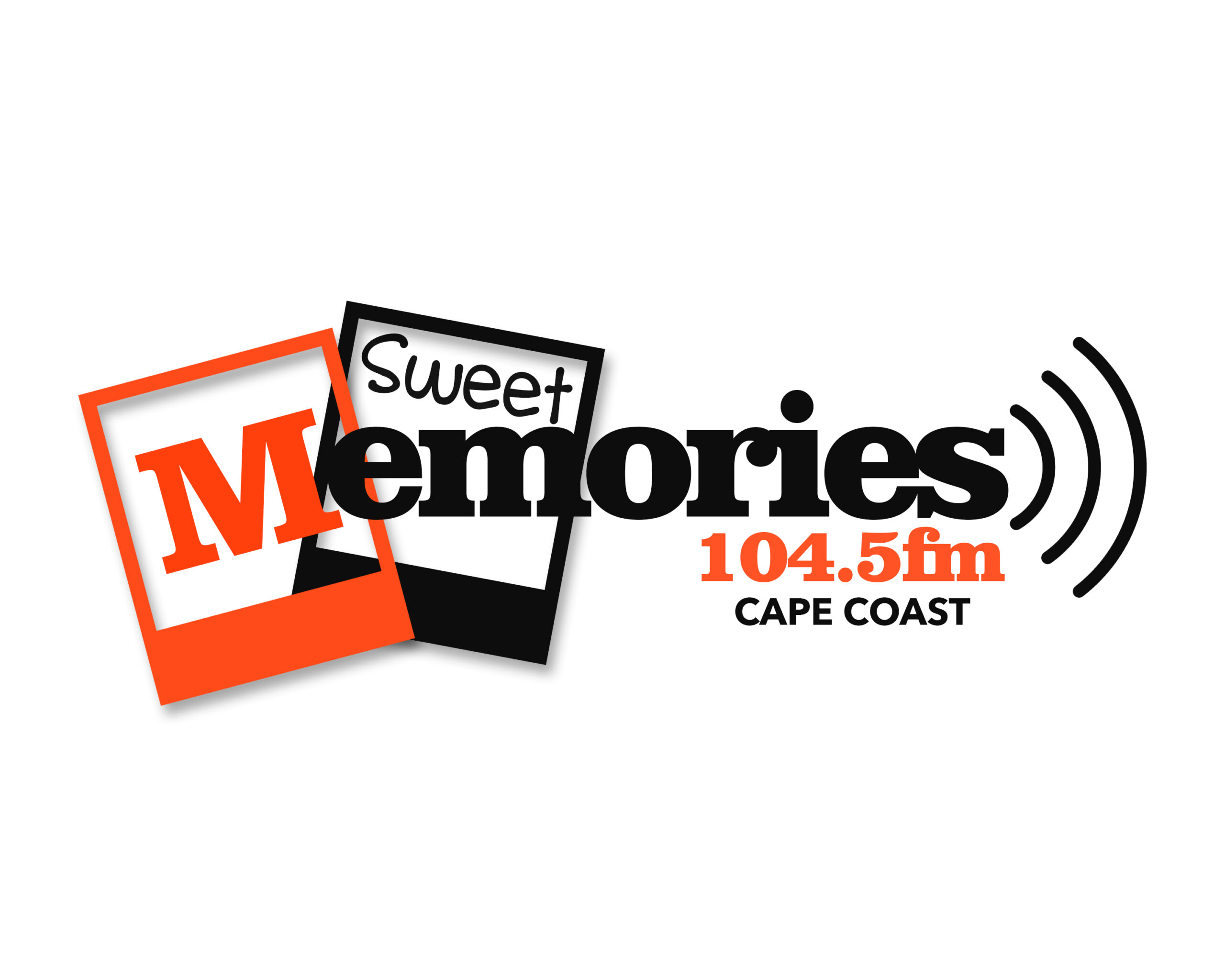macOS Ventura is dropping dial-up guidance
The news that Apple’s macOS Ventura would cease offering guidance on how to set up your dial-up modem waylaid me with an intense wave of nostalgia that rocketed my mind back 32 years to the early days of the Internet, email, and that oh-so-classic handshake sound.
Dial-up, the phone-line-based communications protocol for connecting computers to distant computers, and the early Internet, is not dead in the clinical sense. You can still use it to connect your computer to the Web through a Mac or Windows PC. You just need a functioning dial-up modem (widely available on eBay , a phone line port, the physical phone line cable and RJ35 connector , and a system on the other end to dial into.
With the rise of, first, DSL (opens in new tab), then ubiquitous broadband Internet (cable and fiber) delivered direct to our homes and offices (and, obviously, Wi-Fi), no one does that anymore, right?
When I ran a poll on Twitter asking if anyone still uses dial-up, 88% said no, 9% answered “What’s dial-up?” and 3% said yes
Three percent…said yes.
When I asked them to explain, no one gave a straight answer, which leads me to believe they were yanking my chain. That’s fine, they can’t stop me from waxing nostalgic about a very specific time in the dawn of computers and connectivity.
1989: It was my first major magazine job and when my boss and mentor fell ill and had to stay at home to recover, we all assumed that someone else would pick up his considerable workload or maybe we’d put it on hold.
Tom, that was his name, had other ideas. We were an all Macintosh SE/30 house and while none of them had built-in dial-up modems, we did have a handful 300 baud(that was the speed back then) models lying around that were mostly unused. The big idea was for Tom to take home a modem and his computer (thank goodness those early Macs had handles) and dial into our email system and servers.
While savvy enough to know that this was the wave of the future (at least the current wave), Tom knew nothing about technology. It fell to me, the guy who figured out how to get files from Louts 1-2-3 on a PC onto the Mac, to help Tom set it all up.
It was not easy. Tom had one phone line, which meant I could only talk him through the setup while he had the modem disconnected from his phone line. I don’t think he had a splitter.
In any case, we did get it set up on his and my side. This was, to my recollection, the first time I heard the classic handshake sound.
e’re so spoiled by our instantaneous connections to everyone and everything on the Internet. Imagine if we had to wait 20 seconds or so for our iPhones or Samsung Galaxy handsets to negotiate an Internet connection as we listened to them make their own handshake sound. Come to think of it, that would be kind of cool (annoying, slow, but also fun).
That sound, by the way, was a symphony of operations.
As outlined by Popular Mechanics earlier this year, each, screech, whistle, toodle, and crack had a purpose. There’s the hello part, negotiation, sound check, modulation, and more. I was particularly intrigued by the portion that told your phone line to turn off echo suppression and allow for full-duplex communications. Without the former, your phone line would deliver your voice back through the listener’s handset and to your ears in a continuous echoey loop. Computer modems, however, could handle that open communication (full-duplex).
Dial-up was a lifesaver in those early days, connecting us in ways that were virtually impossible before. We had a century of phone calls behind us before we could share data as easily. There was, for more than a decade, nothing more comforting than the sound of your modem successfully connecting. In the mid-90s, it preceded AOL’s “You Got Mail.” These were the sounds of our early Internet and the kindling of our ultimately hyper-connected lives.
Today, we’ve dispensed with all those pleasantries. There’s no hardware to set up. No modems to plug in, lines to run, or requests for everyone else to get off the line. There’s no pause or waiting. We’re always connected.
Apple is right to sunset the setup support. It and Microsoft will surely support dial-up technologies on their respective platforms for as long as it makes sense, but I doubt that will be for much longer. And then dial-up will really, surely, and truly be dead.
The post Dial-up is dead, but Apple just made it deader – and we still miss it appeared first on Ghanaian Times.
